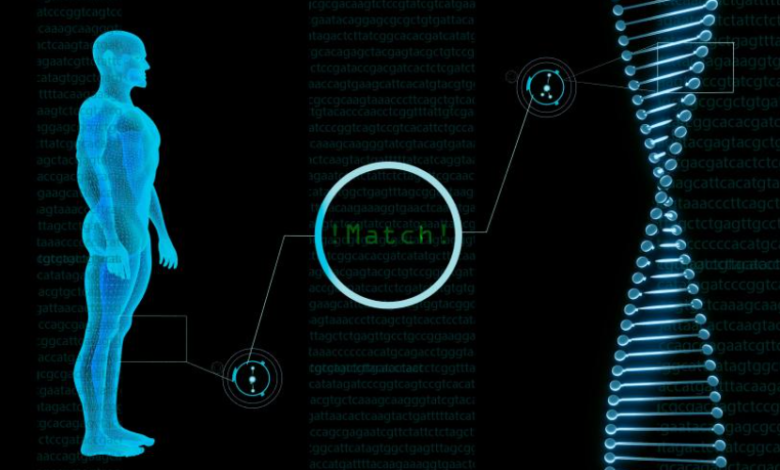How Accurate Is a DNA Paternity Test Compared to Other Methods?

Determining biological relationships has been a crucial matter for families, courts, and individuals seeking clarity about their identity. Over the years, different methods have been used to establish paternity, ranging from simple observation of physical traits to advanced scientific testing. However, accuracy levels vary widely depending on the approach, making it crucial to understand the available methods and their reliability. DNA testing stands out as the modern standard because it relies on genetic science rather than assumptions or probabilities. Understanding how it compares to older or less scientific methods helps clarify why it is trusted globally as the most definitive tool for determining paternity.
The Limitations of Traditional Approaches
Historically, paternity was often assumed based on physical resemblance, family testimony, or circumstantial evidence. While observing similarities in features like eye color, facial shape, or blood type offered some guidance, these methods were far from conclusive. For instance, blood typing could exclude a potential father if the genetic markers were incompatible, but it could not definitively confirm paternity. This left many families uncertain, with conclusions often based more on probability than certainty. Such approaches lacked the precision required in legal or personal contexts where accuracy is essential. Without scientific backing, paternity disputes frequently resulted in conflict and unresolved questions, underscoring the need for more reliable methods that could withstand scrutiny in sensitive situations.
See also: The Importance of Boundaries and Coping Skills in Mental Health at Rose Wellness Counseling
Advances in DNA Testing
The introduction of DNA testing revolutionized the way paternity is determined. By comparing genetic markers from both the child and the alleged father, DNA tests can provide results with over 99 percent accuracy for inclusions and nearly 100 percent certainty for exclusions. Unlike older methods, which relied on probabilities or outward appearance, DNA testing examines the very building blocks of heredity, leaving little room for doubt. This level of accuracy has made it the gold standard in both personal and legal settings. Many providers offer reliable services, such as DNA paternity tests at DNAForce Inc., which ensure precise results that can be used for personal reassurance or in official proceedings. The reliability of DNA testing has made it an essential part of family law cases, immigration processes, and private family matters where clarity is paramount.
Comparing DNA with Other Scientific Tests
While DNA testing has set a new benchmark, other scientific methods still exist, but do not reach the same level of accuracy. For example, human leukocyte antigen (HLA) testing was once a common approach that compared tissue markers. Though useful, it carried a higher margin of error and was gradually replaced by DNA analysis as technology advanced. Blood serum tests also played a role historically, but their reliance on broader group characteristics limited their reliability. In contrast, DNA testing isolates unique genetic identifiers that are inherited directly from parents, making it a far more precise method. This direct comparison between child and father means that the results are not based on probability ranges, but on clear scientific evidence. The contrast highlights why DNA quickly became the preferred choice worldwide, rendering earlier methods secondary or outdated in most contexts.
The Legal and Personal Impact of Accuracy
Accuracy in paternity testing has significant consequences in both personal and legal contexts. In family law, matters such as custody, child support, and inheritance rely on certainty about biological relationships. A test that leaves room for doubt can lead to disputes, appeals, or emotional distress for those involved. On the personal side, individuals seeking closure or identity may find traditional methods unsatisfying because they do not provide definitive answers. DNA testing resolves this issue by providing clarity that meets both personal expectations and courtroom standards. The trustworthiness of results means individuals can move forward with decisions confidently, whether that involves legal responsibilities or emotional reconciliation. By removing ambiguity, DNA paternity testing facilitates fair outcomes and alleviates the burden of unresolved questions that other methods may not adequately address.
The accuracy of DNA paternity testing surpasses all traditional and earlier scientific methods, providing a level of certainty that reshaped how paternity is determined. Unlike observational approaches or blood-based methods, DNA directly compares genetic material, leaving little margin for error. This reliability has made it the foundation of legal rulings and personal decisions alike, giving families and courts the clarity they need. While older methods played a historically significant role, they cannot match the precision of modern DNA testing. For motor carriers of truth in family matters, DNA remains the most trusted approach, ensuring fairness, resolution, and peace of mind in situations where accuracy is everything.




